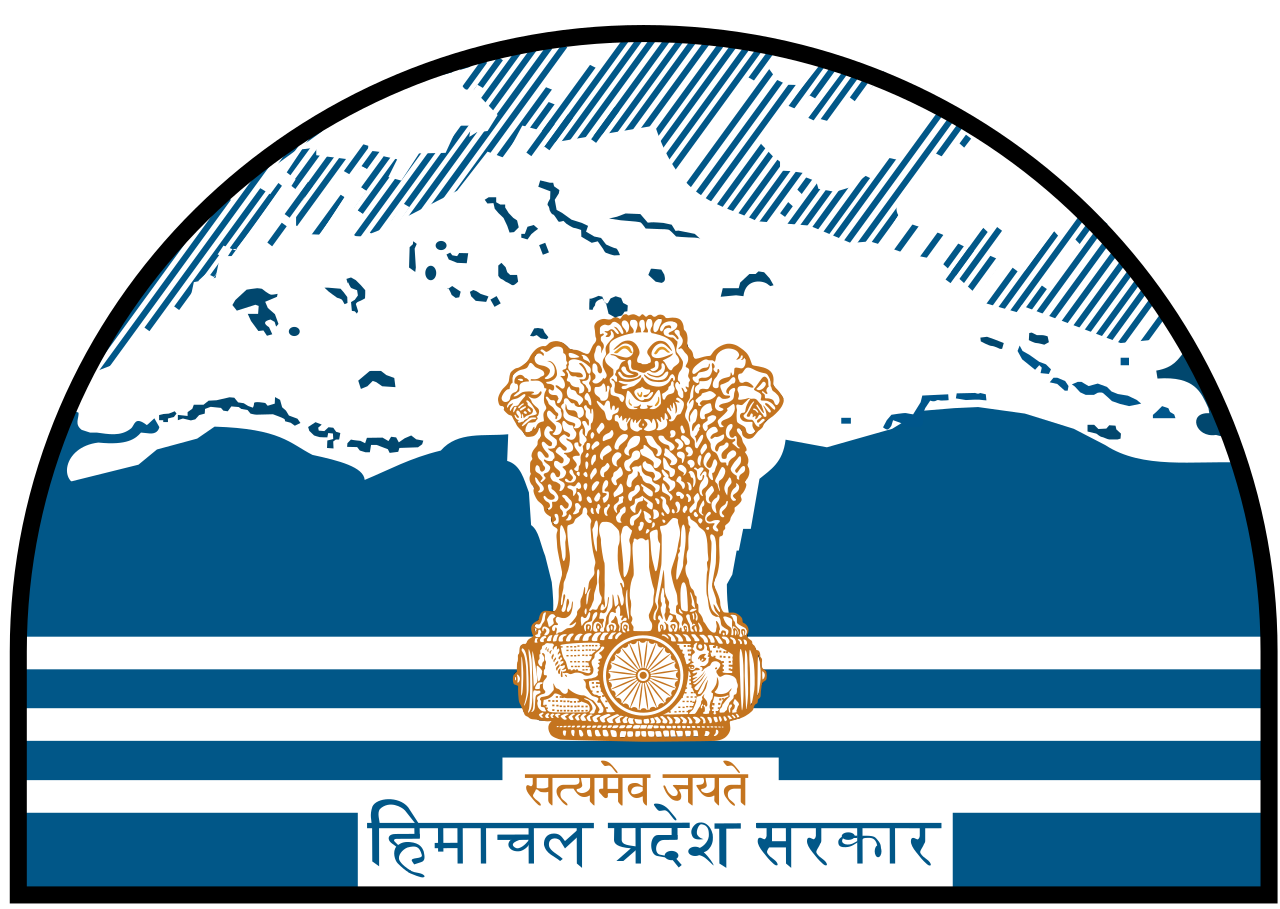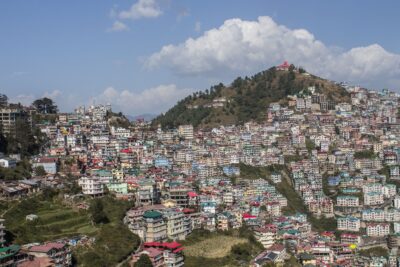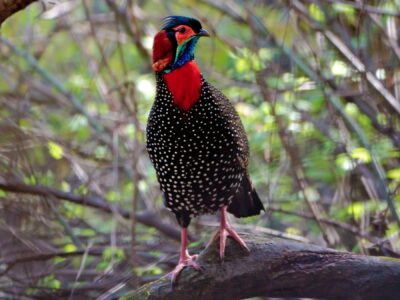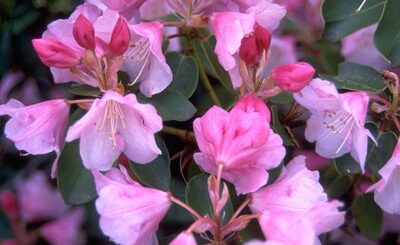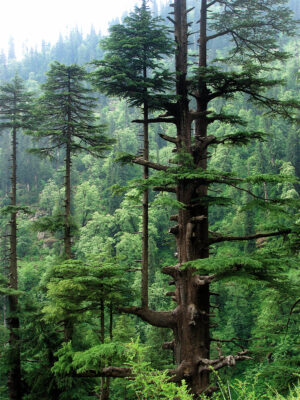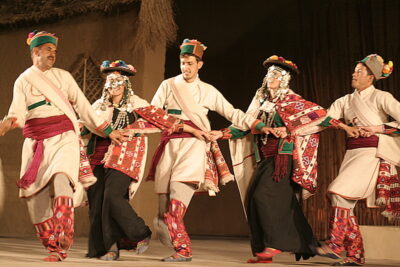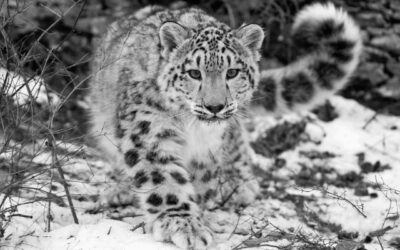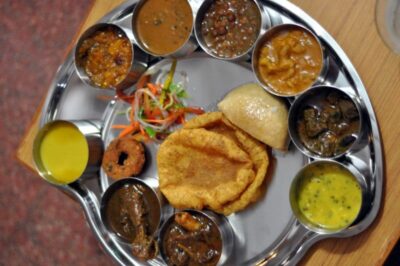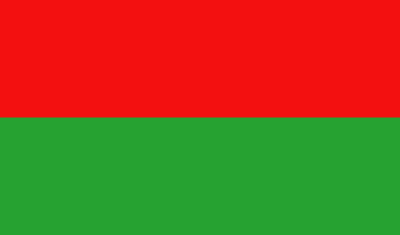State Symbols of Himachal Pradesh
Last updated on January 21st, 2023 by Editorial Staff
By | Updated on January 21, 2023
Reviewed by Rittika
Himachal Pradesh (HP) is part of northern India that is surrounded by union territories of Jammu and Kashmir and Ladakh to the north, Haryana to the southwest Punjab to the west, Uttarakhand to the southeast, and Uttar Pradesh to the south. To the east, it shares an international boundary with China’s Tibet Autonomous Region. Himachal Pradesh means “snowy slopes” and “state.”
Dev Bhoomi, which means ‘Land of God,’ and Veer Bhoomi, which means ‘Land of Braves,’ are two more names for Himachal Pradesh. The state capital of Himachal Pradesh is Shimla. In the western Himalayas, it is one of the thirteen mountain states and it is known for its severe terrain, which includes multiple peaks and huge river systems. The five primary river basins of Himachal Pradesh are the Satluj, Ravi, Beas, Chenab, and Yamuna.
Shri Jai Ram Thakur is the current Chief Minister of Himachal Pradesh, while Shri Rajendra Arlekar serves as Governor.
Himachal Pradesh’s official language is Hindi, with Sanskrit as a supplementary official language. A large portion of the state’s inhabitants used to communicate in Hindi. However, the inhabitants of HP are multilingual. They used to speak in a variety of regional tongues.
Demographical Profile
Himachal Pradesh covers a total area of 55,673 km2 and has a population of roughly 7 lakh people. HP has an overall literacy rate of 86.06 percent.
Climate
Summers in the Siwalik region are hot (over 38°C), with cool and dry winters (October to February), and a rainy season (July to September), with rainfall delivered by the southwestern monsoon. The climate grows wetter and cooler as elevations rise further north. Winters in the Great Himalayas are severely cold and snowy, with temperatures plunging below 0 degrees Fahrenheit (–18 °C).
Wildlife and Natural Vegetation
Himachal Pradesh has the most gorgeous hill stations viz., Shimla, Kullu, Manali, Khajjiar, that have long drawn travelers from all over the world. Himachal Pradesh’s flora and fauna are diverse, thanks to its varied geography, climate, forest cover, and its stunning forests, landscapes, and wilderness.
It is one of the states that make up the Indian Himalayan Region (IHR), which has the world’s most diverse ecological ecosystems. IHR is experiencing unreasonable extraction of wild and therapeutic herbs on a vast scale.
The major types of trees found in the mountains are oak, deodar, blue pine, fir, adlers, birch, and spruce. From March to May, the lovely Rhododendrons may be seen along the hill slopes around the wonderful hill station of Shimla.
Himachal Pradesh is also known as the country’s fruit bowl, with orchards everywhere. Fields and grasslands can be found clutching hillsides as well. Gladiolas, carnations, marigolds, roses, chrysanthemums, tulips, and lilies grow on the slopes and orchards after the winter season. Himachal Pradesh has over 463 bird species, including the state bird, Tragopan melanocephalus, as well as mammalian, reptile, and fish species. The snow leopard is classified as a state animal. It also has some unique orchids and other endangered wildlife species. Rhesus Macaque, Leopard, Indian Muntjac, Goral, Crested Porcupine, Himalayan Black Bear, Wild Boar, and common Langur are among the huge species found here.
There are now five National parks, the state’s oldest and largest national park, Great Himalayan National Park, is a UNESCO World Heritage Site. Pin Valley National Park, Inderkilla, Khirganga, and Simbalbara are among the state’s other national parks.
Economy
Agriculture contributes for 9.4% of the gross domestic product (GDP) and is the primary source of income and employment. Apart from some minor varieties, brown hill soil, sub-mountain soils, mountain meadow soil, and red loamy soils are the principal soil groupings in the Himalayas. The majority of the soils in this area are acidic.
Seed potatoes, wheat, rice, maize, barley, ginger, vegetables, mushrooms, chicory seeds, hops, olives, and figs are the main food crops grown in Himachal Pradesh agriculture. Because of its large-scale fruit production, Himachal Pradesh is sometimes known as the “Apple State of India.” Fruit production has been a major source of income for farmers, and it has been a boon to the state’s economy. Himachal Pradesh’s agricultural industry has implemented a diversification strategy that emphasizes the cultivation of off-season crops such as potato, ginger, soybean, oilseeds, and pulses. Maize, wheat, rice, and barley are the principal crops grown in Himachal Pradesh agriculture. Barley is grown extensively in Himachal Pradesh’s Shimla district.
Culture (Art, Music, and Cuisines)
Carpets, leather works, shawls, woodwork, and paintings are among the handicrafts produced in this state. The Pashmina shawl is a lovely item that is in high demand throughout the country. People’s colorful Himachali headgear is also well-known work of art.
Dom is a tribe that specializes in bamboo products like as boxes, sofas, chairs, baskets, and racks. Weaving, carving, painting, and chiseling are all regarded as part of the Himachali way of life.
Losar Shona Chuksam (Kinnaur), Dangi (Chamba), Gee Dance and Burah Dance (Sirmour), Naati, Kharait, Ujagjama and Chadhgebrikar (Kullu), and Shunto (Kullu) are some of Himachal’s dance genres (Lahaul & Spiti). In Himachal Pradesh, nati is the most popular dance genre.
Folk music is popular among the residents of the state.
Himachalis’ daily cuisine is pretty similar to that of the rest of north India. They eat lentils, broth, rice, vegetables, and bread as well. Himachali cuisine is traditionally dominated by red meat and wheat bread.
The Himachali cap is a distinctive headgear that is a feature of the Pahari people’s traditional attire.
Tourism
Himachal Pradesh’s tourism industry is a vital contribution to the state’s economy and prosperity. The Himalayas are a popular tourist destination for people from all over the world. Domestic and international tourists go to hill stations like Shimla, Manali, Dharamshala, Dalhousie, Chamba, Khajjiar, Kullu, and Kasauli. Shri Chamunda Devi Mandir, Naina Devi Temple, Bajreshwari Mata Temple, Jwala Ji Temple, Chintpurni, Baijnath Temple, Bhimakali Temple, Bijli Mahadev, and Jakhoo Temple are among the notable Hindu pilgrimage sites in the state. Ice skating in Shimla, paragliding in Bir Billing and Solang valley, rafting in Kullu, skiing in Manali, boating in Bilaspur, and trekking, horseback riding, and fishing in various parts of the state are all popular adventure tourism activities in Himachal Pradesh.
State Information
| Official Language | Hindi |
| State Rank | 17 |
| Demonym(s) | Himachali |
| Nickname | "Veerbhumi" (Land of Braves) |
| ISO | IN-HP |
| Formation Date | 25 January 1971 |
| Coordinates | Lat: 31.1048° N, Long: 77.1734° E |
| Area |
State seal
Motto of Himachal Pradesh
satyam-eva jayate-"Truth alone triumphs"
State symbols of Himachal Pradesh 👇
-
State capitalShimla (Summer) Dharamshala (Winter)
-
State birdWestern tragopan
-
State flowerBell Rhododendron
-
State fruitApple
-
State treeDeodar cedar
-
State danceNati dance
-
State animalSnow leopard
-
State dishDham (unofficial)
